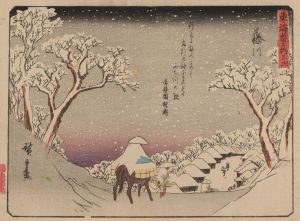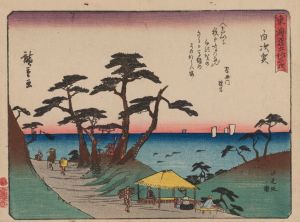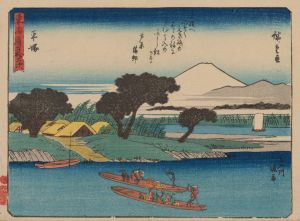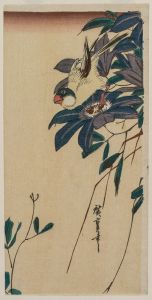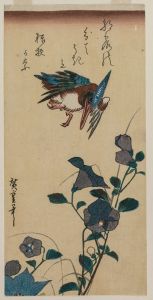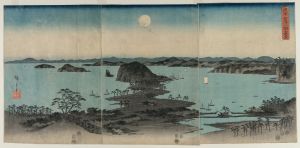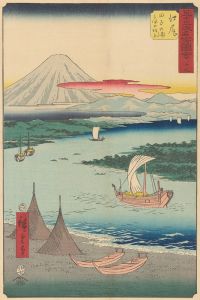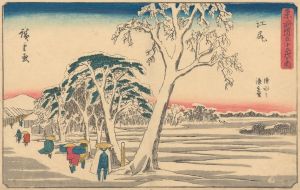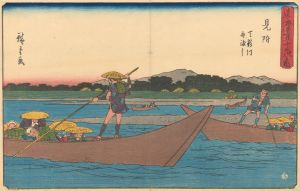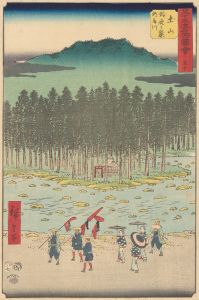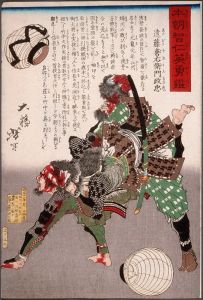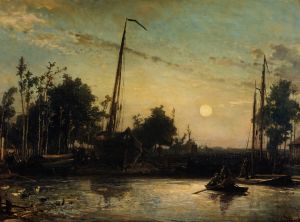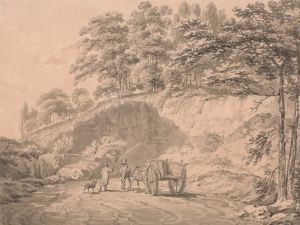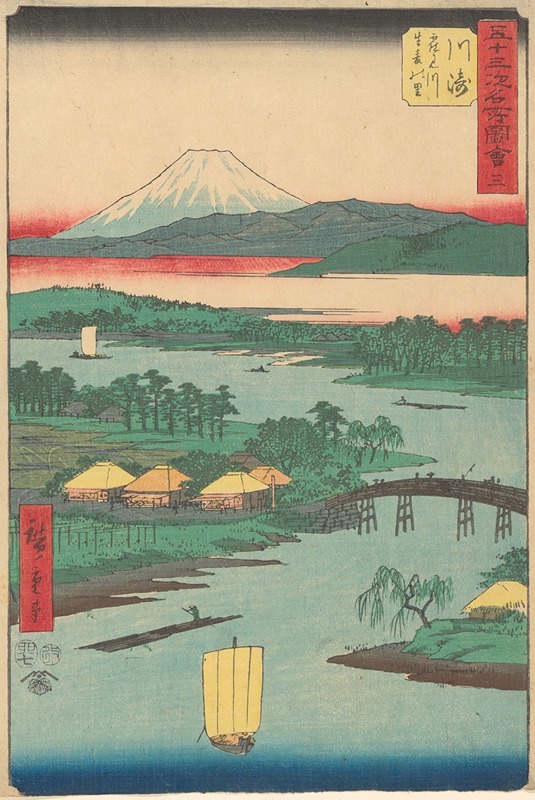
Kawasaki
A hand-painted replica of Andō Hiroshige’s masterpiece Kawasaki, meticulously crafted by professional artists to capture the true essence of the original. Each piece is created with museum-quality canvas and rare mineral pigments, carefully painted by experienced artists with delicate brushstrokes and rich, layered colors to perfectly recreate the texture of the original artwork. Unlike machine-printed reproductions, this hand-painted version brings the painting to life, infused with the artist’s emotions and skill in every stroke. Whether for personal collection or home decoration, it instantly elevates the artistic atmosphere of any space.
Kawasaki by Andō Hiroshige is a woodblock print from the renowned series "The Fifty-three Stations of the Tōkaidō" (Tōkaidō Gojūsan-tsugi), created during the Edo period in Japan. Hiroshige, a master of the ukiyo-e genre, produced this series following his journey along the Tōkaidō road, which was the main travel and trade route connecting Edo (modern-day Tokyo) to Kyoto. This series, first published in the 1830s, is celebrated for its detailed and evocative portrayal of the landscapes and daily life along this important route.
The Kawasaki print is one of the stations depicted in this series. Kawasaki was the second station on the Tōkaidō road, located near the present-day city of Kawasaki in Kanagawa Prefecture. This station was a significant point along the route, as it was situated near the crossing of the Tama River. Travelers often had to use ferries to cross the river, making it a bustling hub of activity.
Hiroshige's depiction of Kawasaki captures the essence of travel during the Edo period. The print typically illustrates the ferry crossing, with travelers boarding or disembarking from boats. The scene is often set against a backdrop of the river and surrounding landscape, showcasing Hiroshige's skill in rendering natural elements and atmospheric conditions. His use of color and composition not only highlights the beauty of the scenery but also conveys the mood and experience of travel during that era.
The "Fifty-three Stations of the Tōkaidō" series was a commercial success and played a significant role in establishing Hiroshige's reputation as one of the leading artists of his time. His work influenced not only Japanese art but also had a profound impact on Western artists, particularly the Impressionists, who admired his innovative use of perspective and color.
Hiroshige's prints, including Kawasaki, are characterized by their attention to detail and ability to capture the transient moments of everyday life. The series as a whole provides a valuable historical record of the Tōkaidō road and the various stations along it, offering insights into the culture and society of Edo-period Japan.
Today, Hiroshige's works, including the Kawasaki print, are held in high esteem and are part of numerous museum collections worldwide. They continue to be studied and appreciated for their artistic merit and historical significance. The prints serve as a window into a bygone era, allowing contemporary audiences to experience the sights and sensations of travel in 19th-century Japan.





